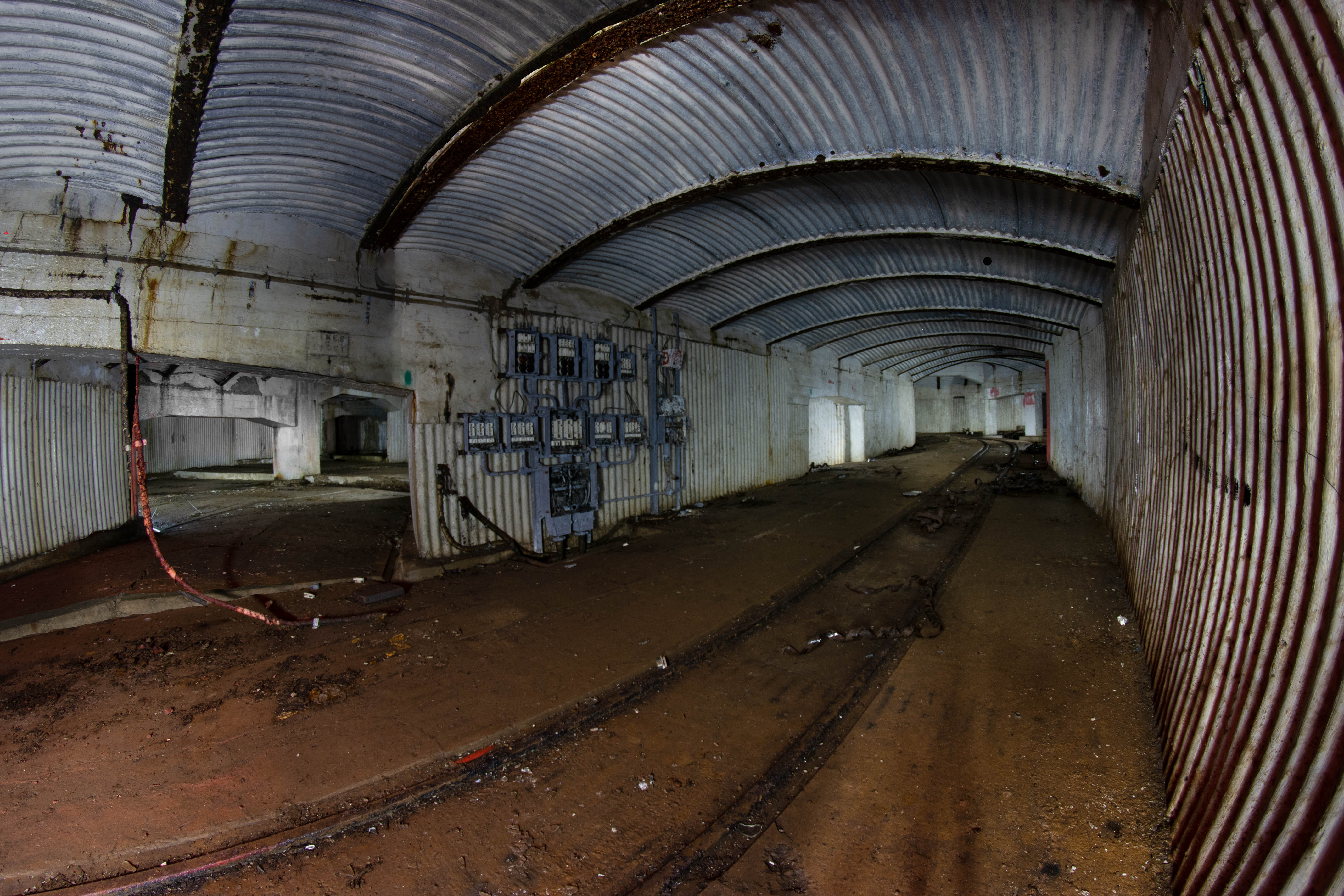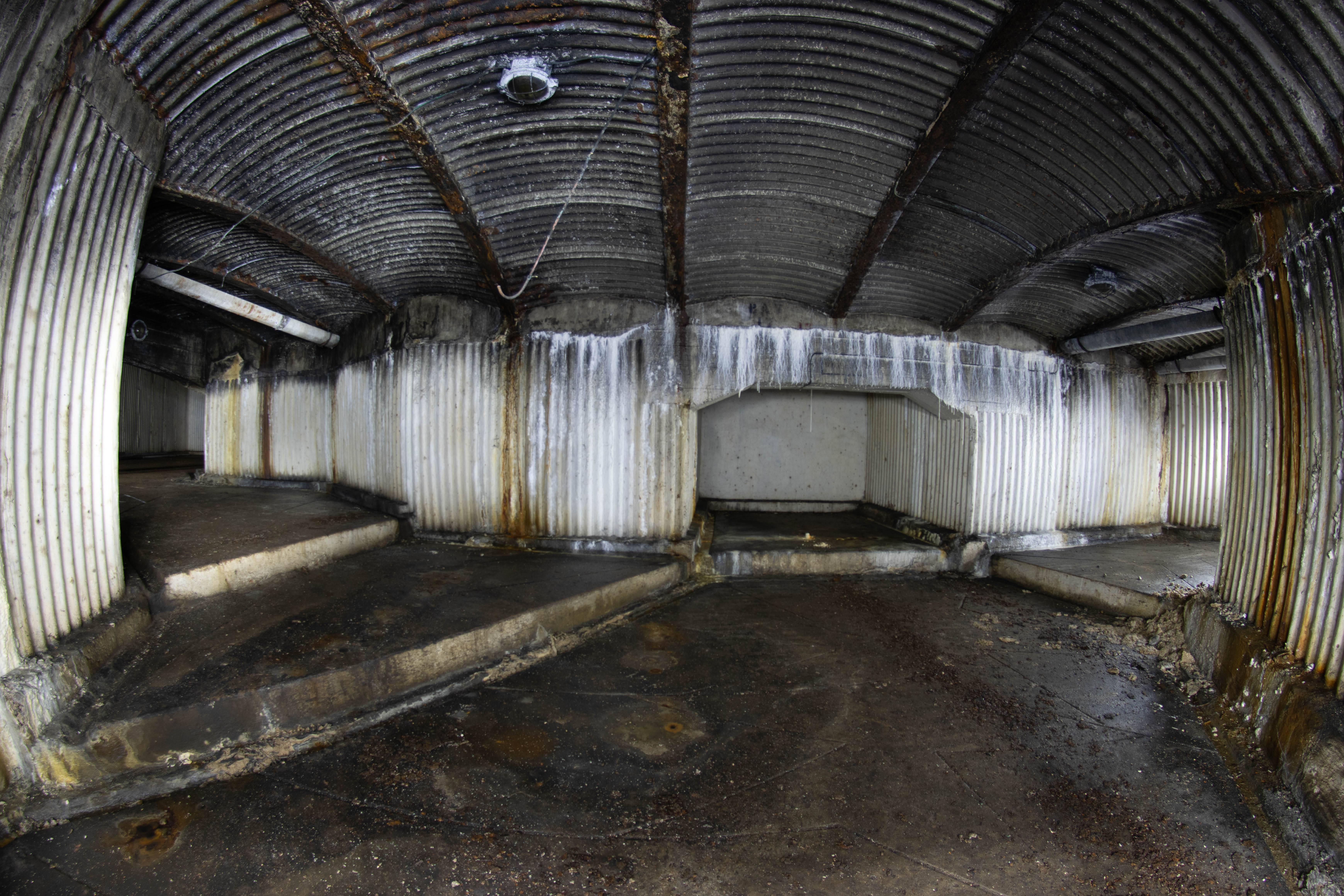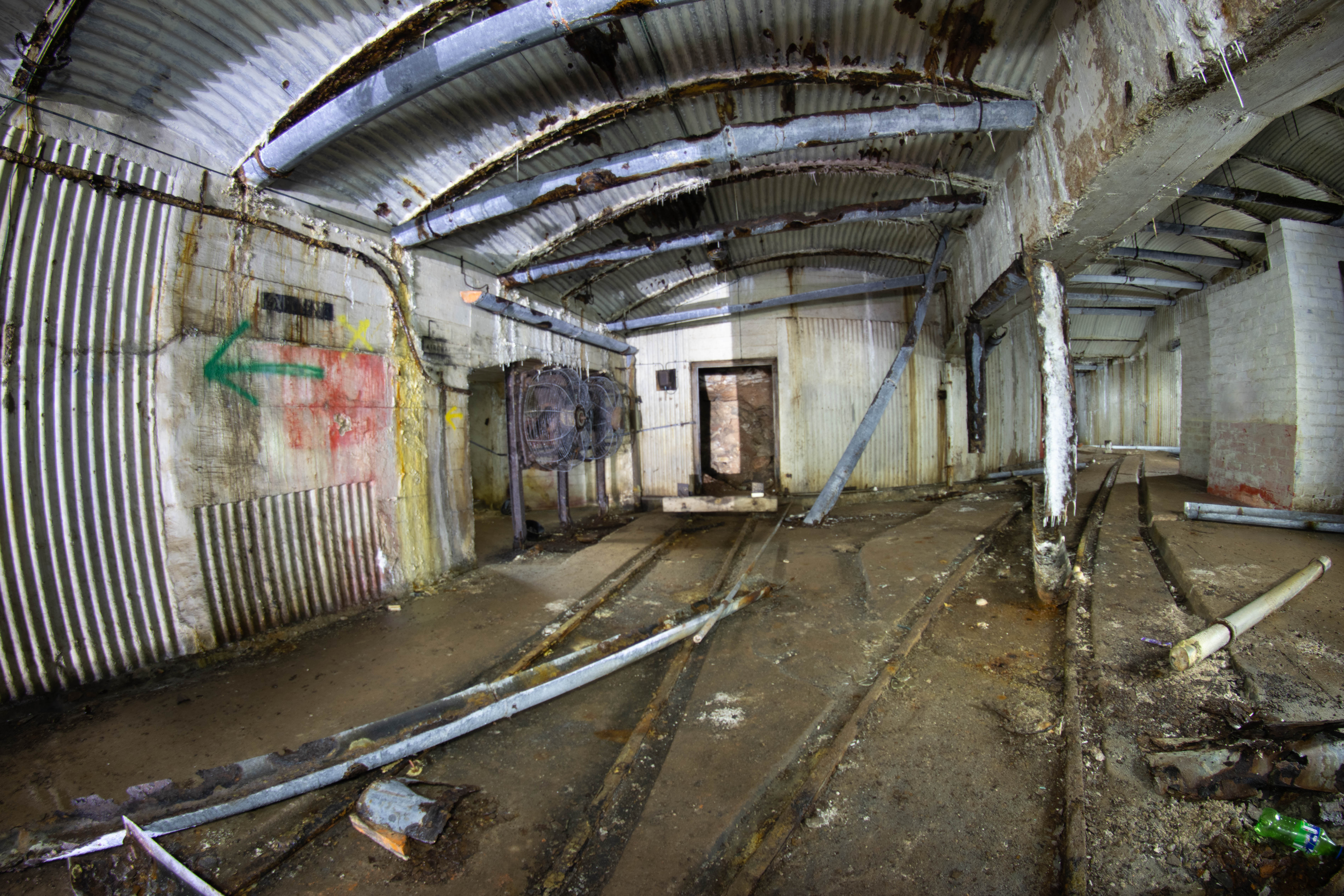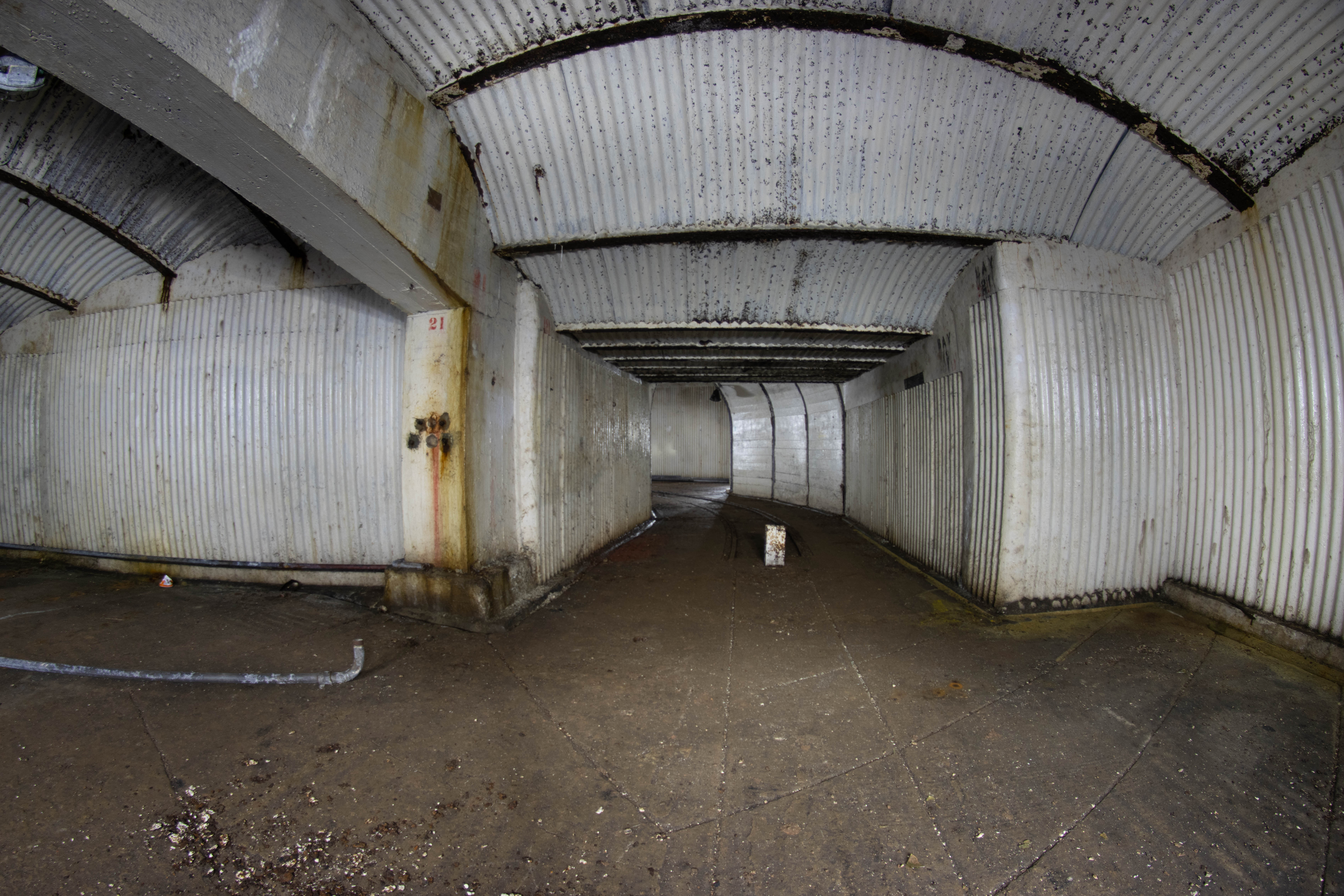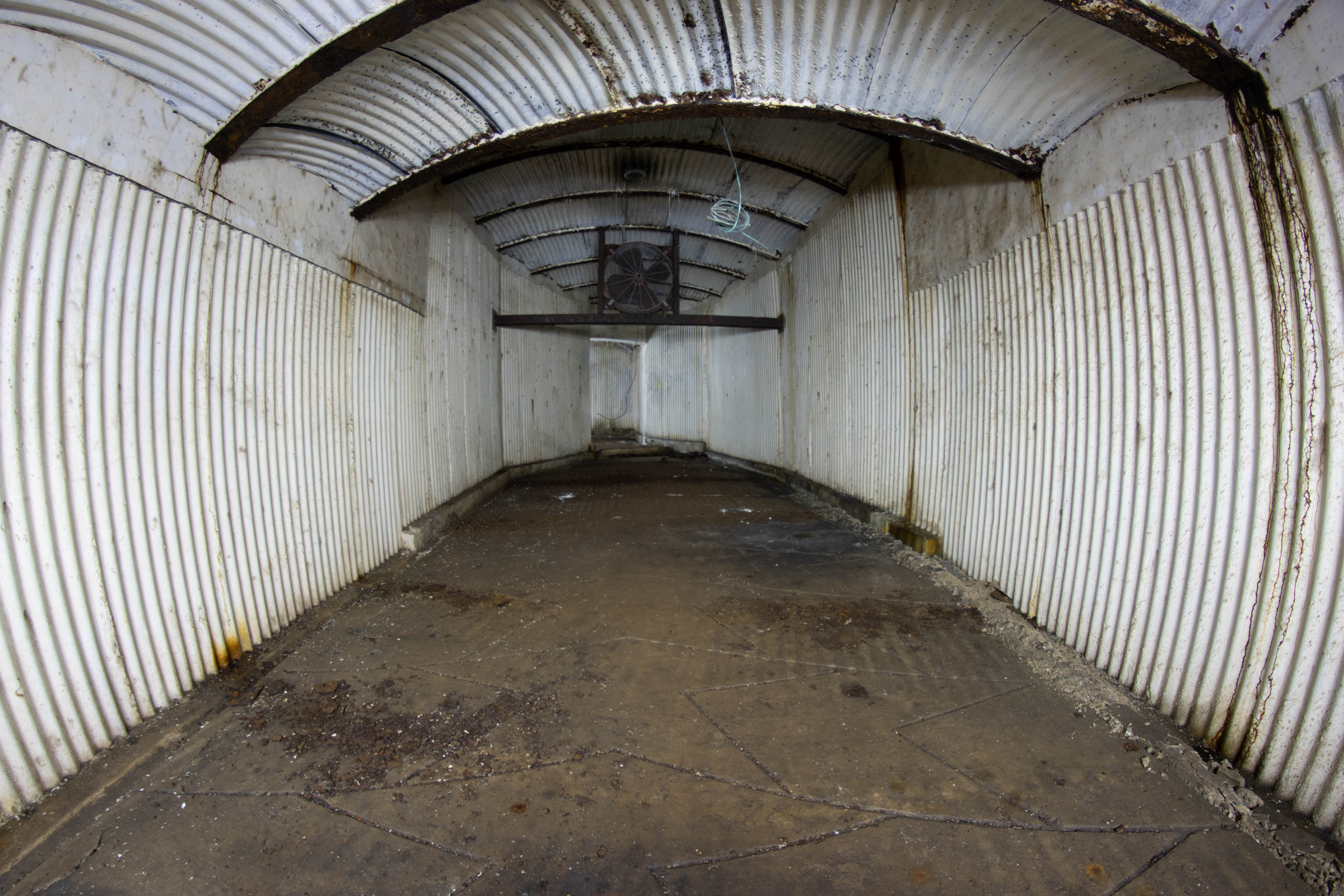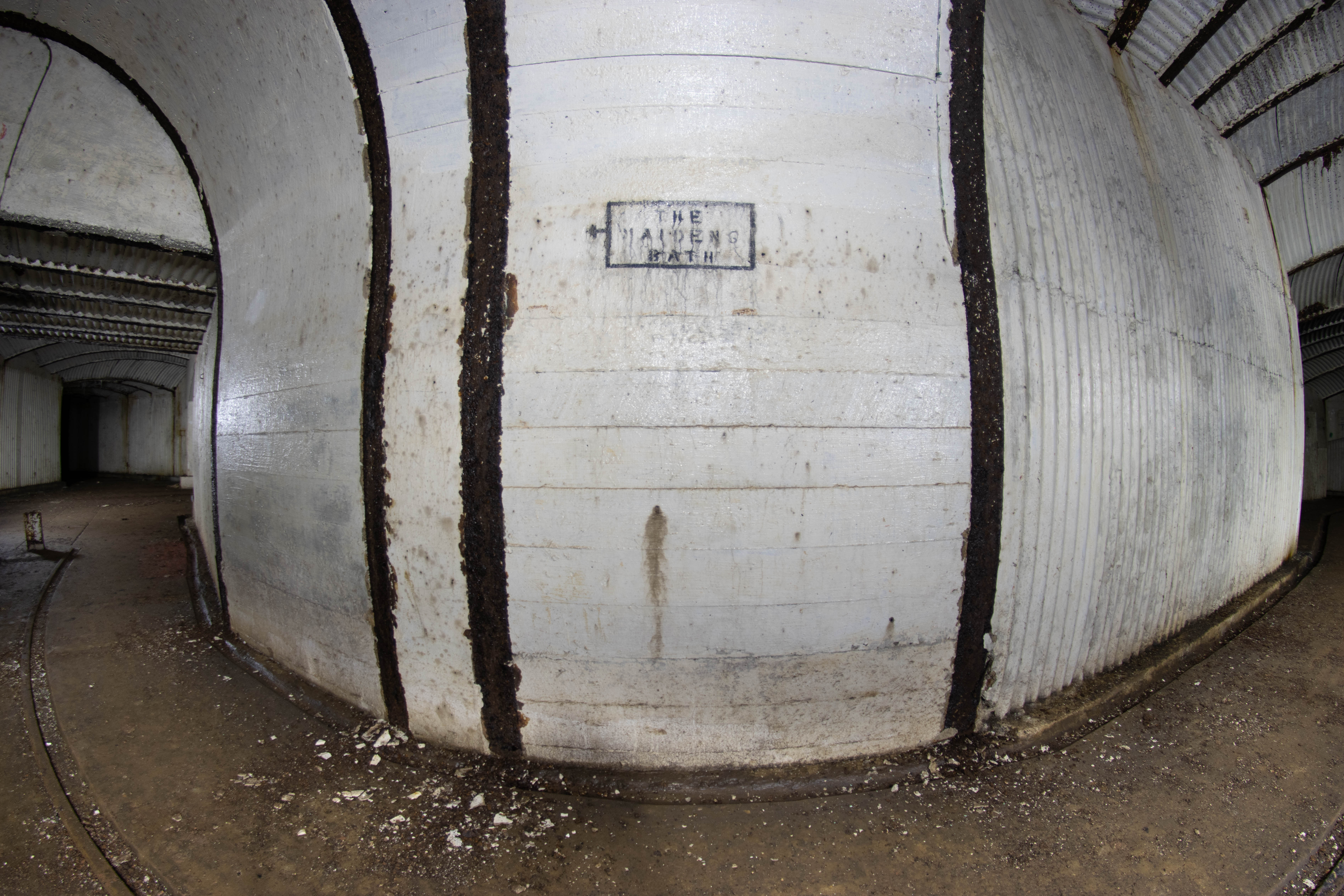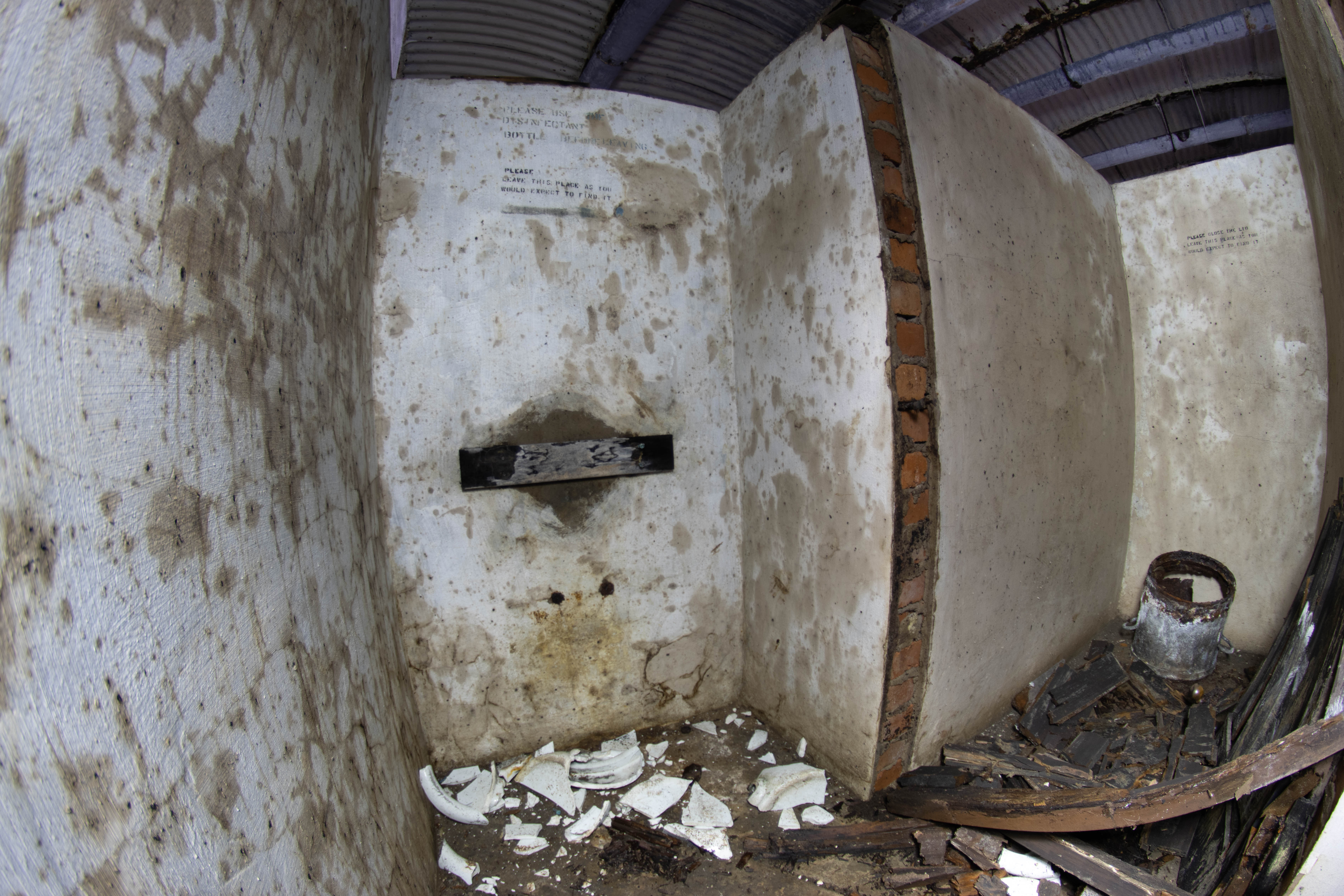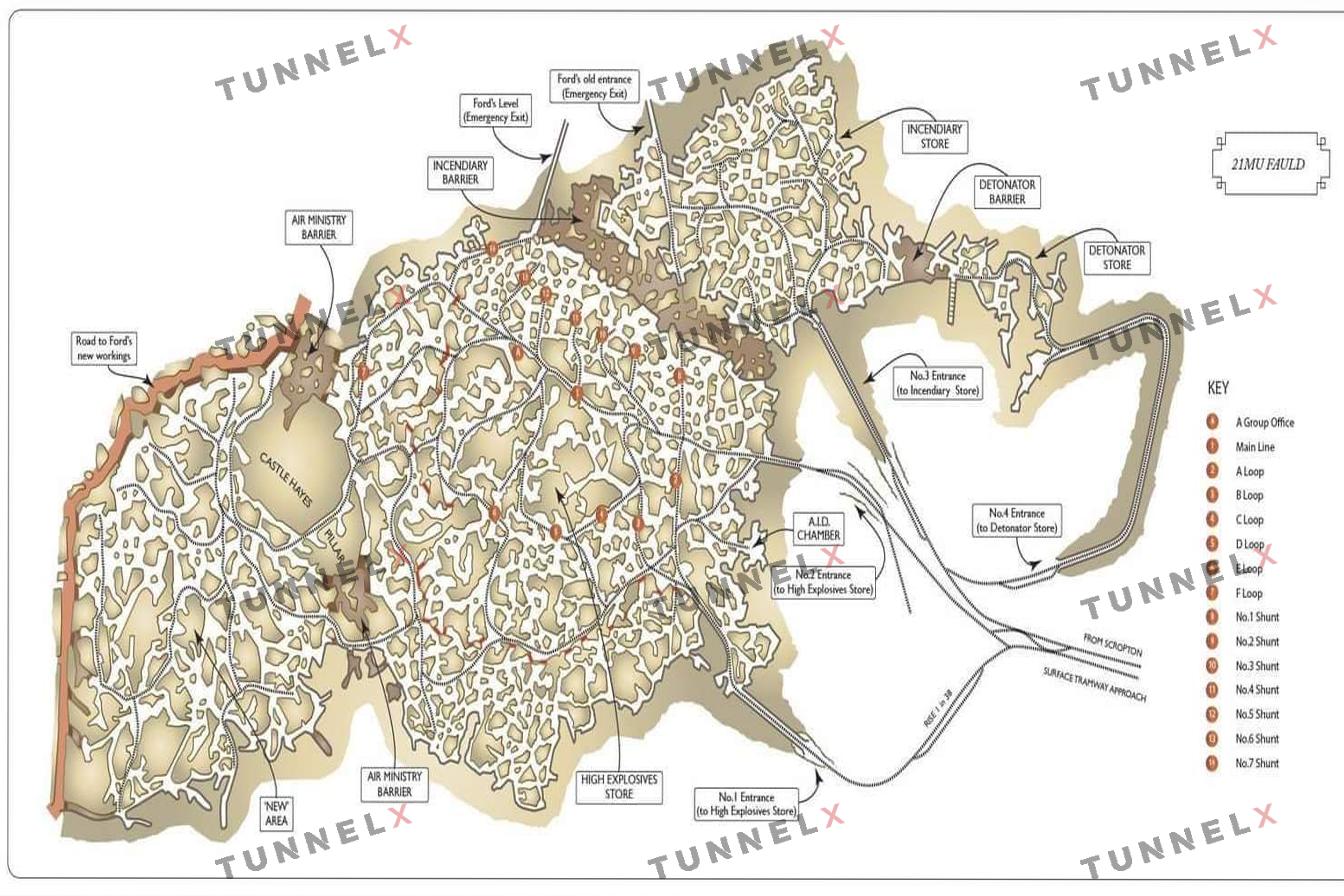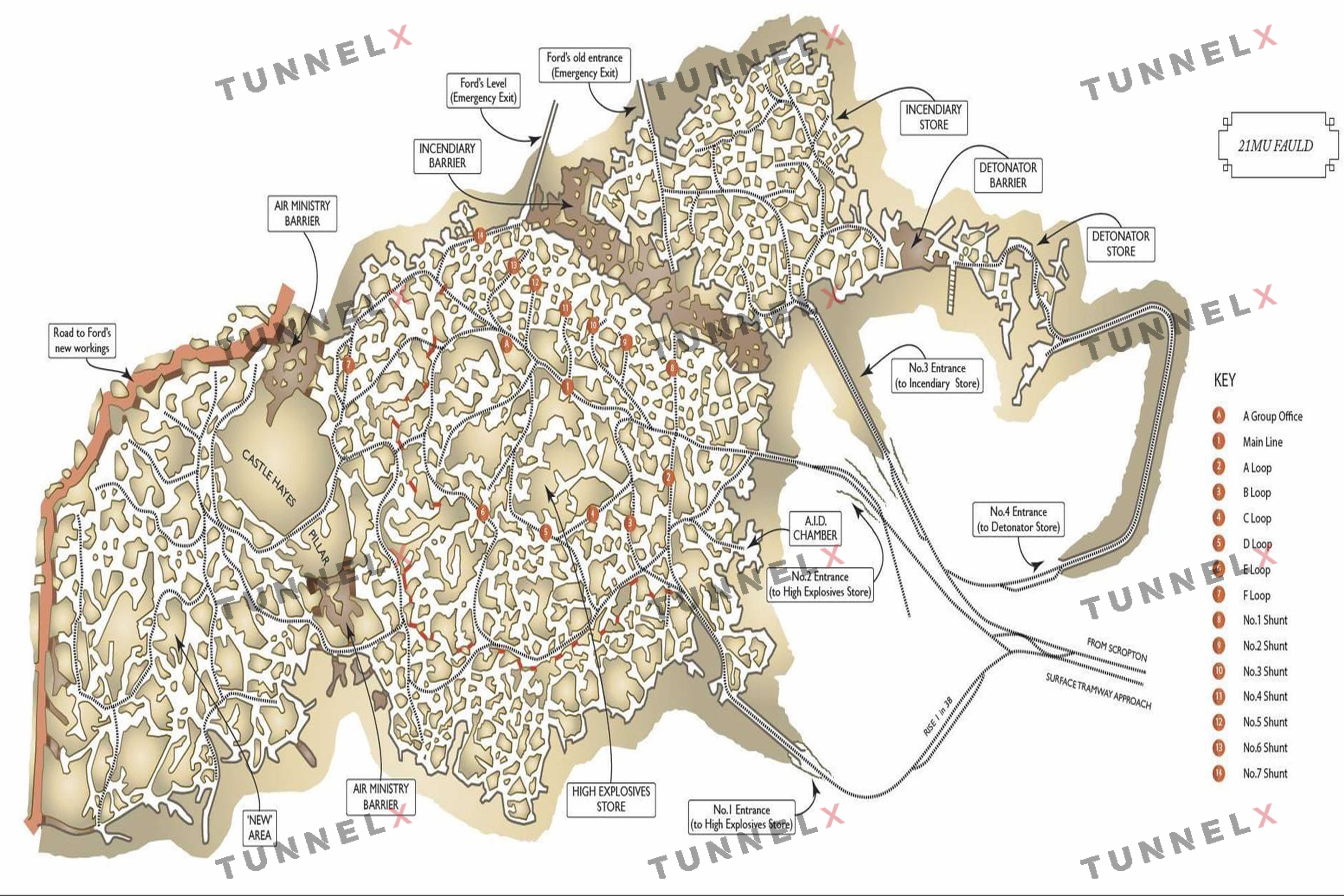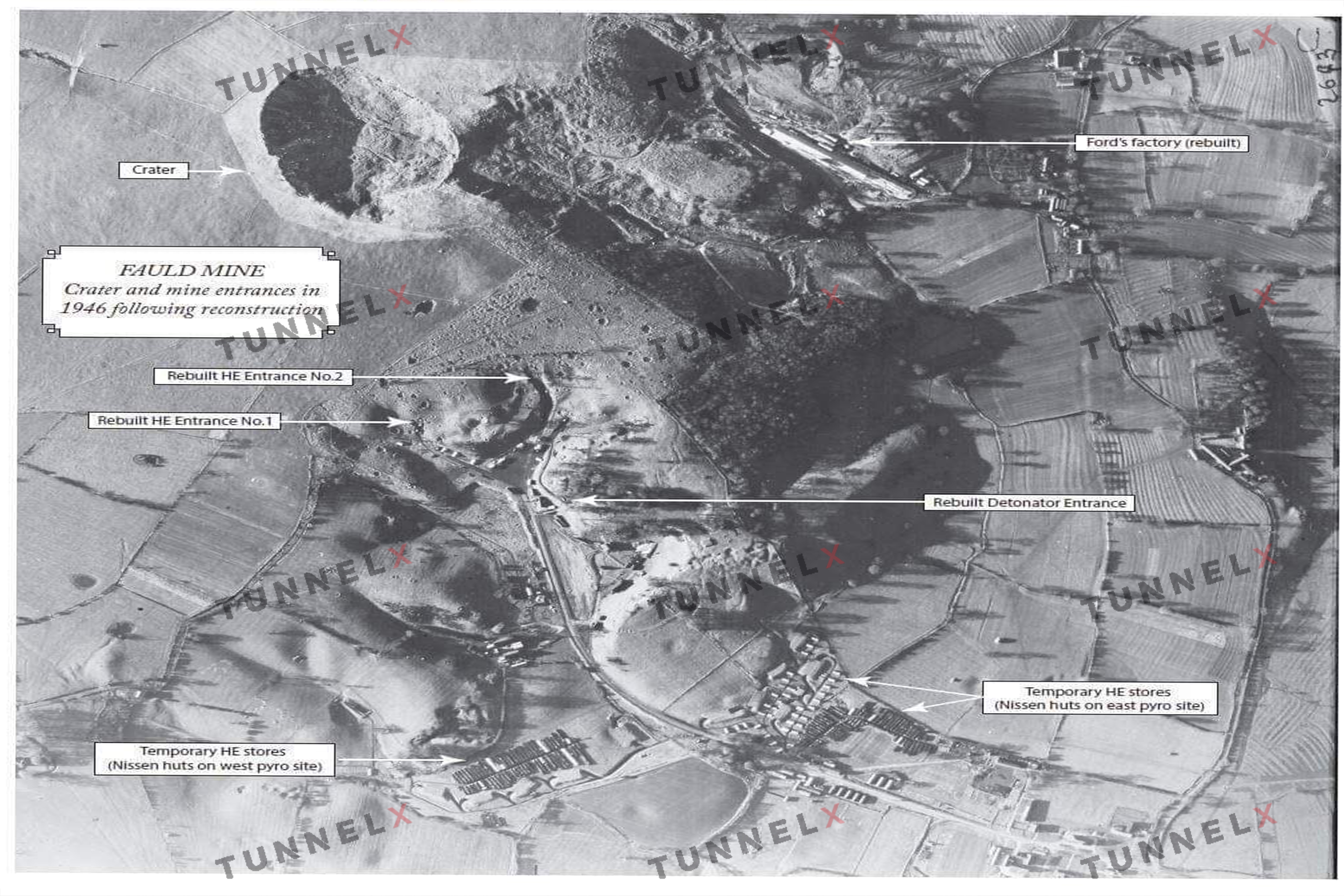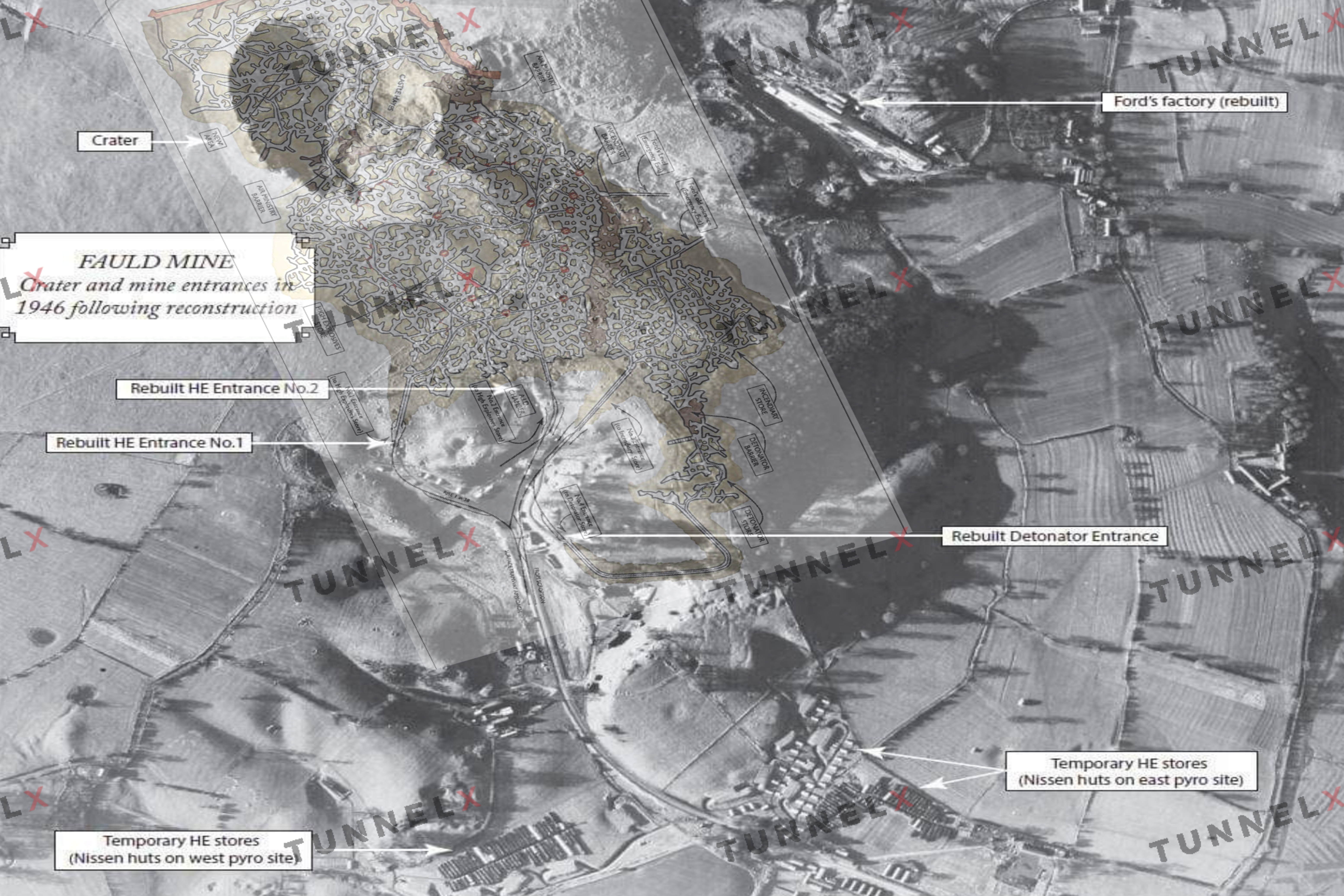RAF Fauld – Detonator Store
RAF Fauld was a major underground munitions storage depot located near the village of Hanbury in Staffordshire. Built into an old gypsum mine, it served as a key facility for the Royal Air Force during the Second World War. The depot was responsible for storing thousands of tons of bombs, shells, ammunition, and other explosive materials. Among the most sensitive areas within the complex was the detonator store.
The detonator store was designed to house small but highly volatile components used to initiate explosions in larger ordnance. These devices were extremely sensitive and were kept separate from bulk explosives for safety reasons. Only specially trained personnel were allowed to handle or even access them. The store was located in a remote part of the underground network to minimise the danger in case of an accident.
At 11:11 in the morning on Monday the 27th of November in 1944, disaster struck. A powerful explosion tore through the depot. It is believed that a site worker may have been using a brass chisel to remove a detonator from a live bomb, a clear violation of safety regulations which required the use of a wooden batten. The spark likely caused by the metal tool was enough to trigger a chain reaction.
Between three thousand five hundred and four thousand tonnes of ordnance exploded, most of it high explosive material. The blast was so intense that it created a crater one hundred feet deep and over one thousand feet wide. A nearby reservoir containing four hundred and fifty thousand cubic metres of water was destroyed, sending a torrent of water through the surrounding area and adding to the devastation.
The effects were catastrophic. Several nearby farms and buildings were obliterated, including Upper Castle Hayes Farm and a local gypsum works. Around seventy people were killed, though the true number remains uncertain due to wartime secrecy and the absence of clear records. Among the dead were Royal Air Force personnel, civilian workers, Italian prisoners of war, and local farm workers. Entire structures vanished, and some victims were never recovered. In addition to the human loss, hundreds of cattle were killed, and the surrounding landscape was permanently altered.
The Hanbury Crater, as it is now known, still exists as a physical reminder of what went wrong. The detonator store played a central role in the tragedy, not because it was the source of the explosion, but because it housed the kind of components that require the highest levels of care and precision. The incident exposed dangerous flaws in the chain of command, worker training, and safety enforcement at a time when pressure to supply weapons for the war was at its peak.
Today, the site is fenced off, and large areas remain off limits due to unexploded material still buried deep underground. Memorials now honour the lives lost, and the story of RAF Fauld stands as one of the most serious accidents in British military history. The events that unfolded at precisely 11:11 that morning continue to serve as a stark warning about the consequences of neglecting safety in environments where precision and caution are not just expected, but essential.

